
What makes a good Process? A Map and a Compass
A good process is a map, guiding the person running the process to the desired destination, allowing some flexibility of route to get there.
A good process also has a compass built in.
It regularly reminds the person running it of the Promise of Value they are delivering on, so that when they find themselves lost and in the dark, they know the kind of action that will get them back on track and heading in the right direction.
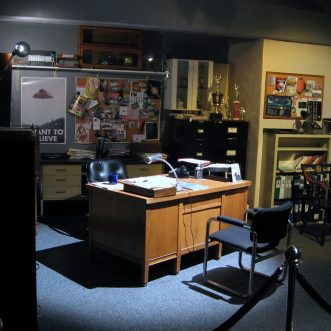
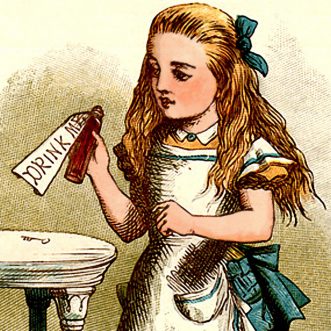
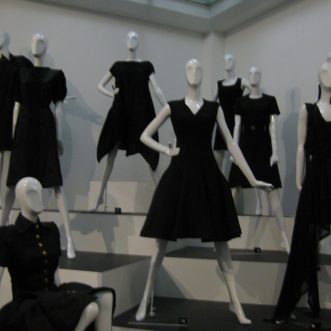
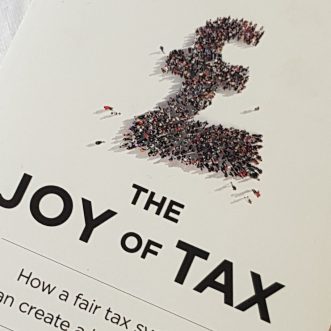
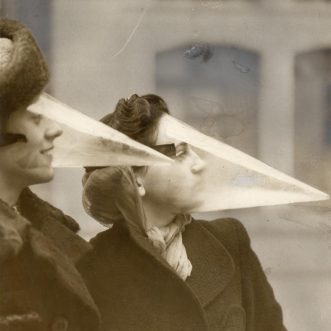
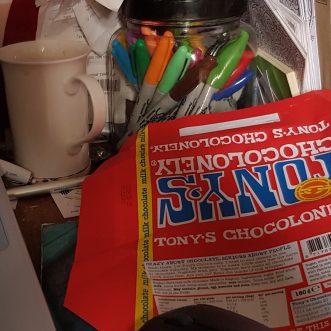
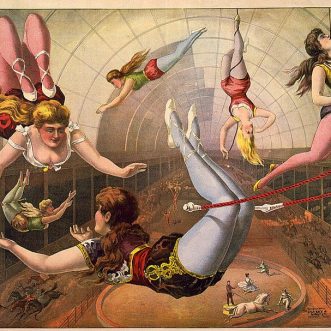
![People will always want [insert naughty but nice product here]](https://disciplinemakesdaringpossible.com/wp-content/uploads/2023/10/Chocolate_sign_IMG_3179-331x331.jpg)
